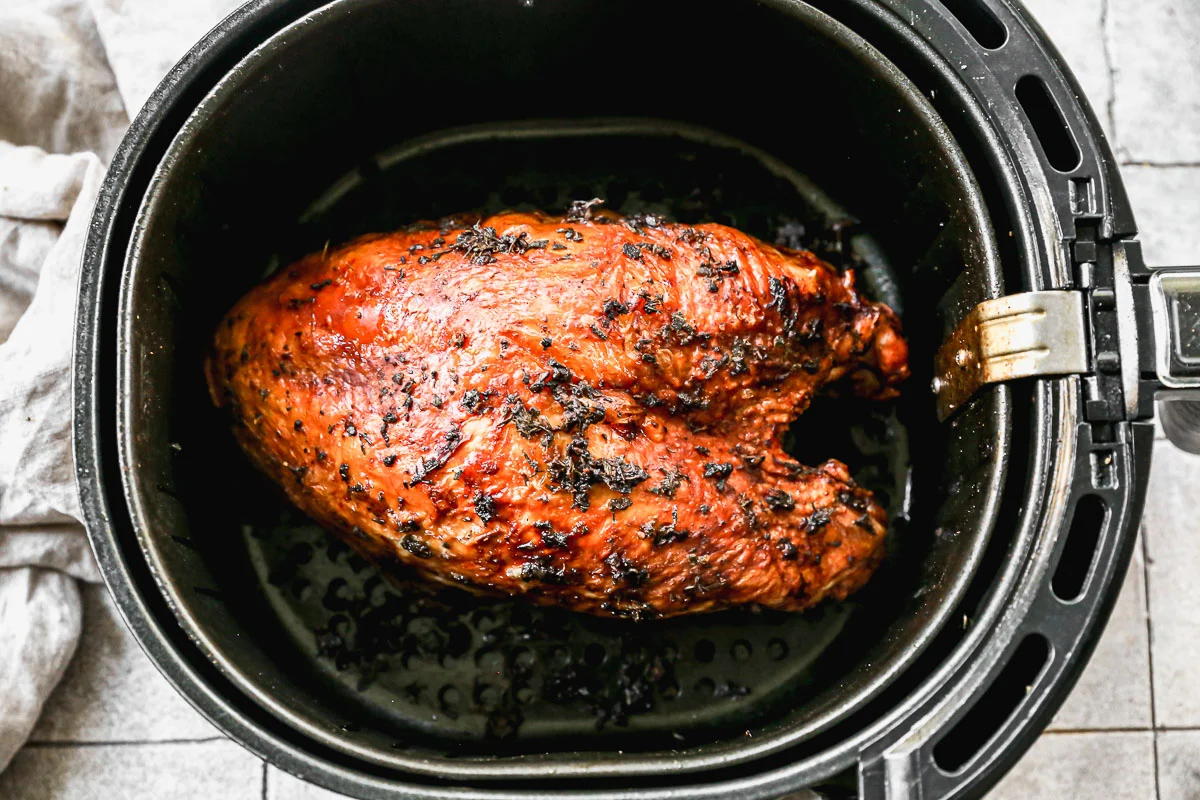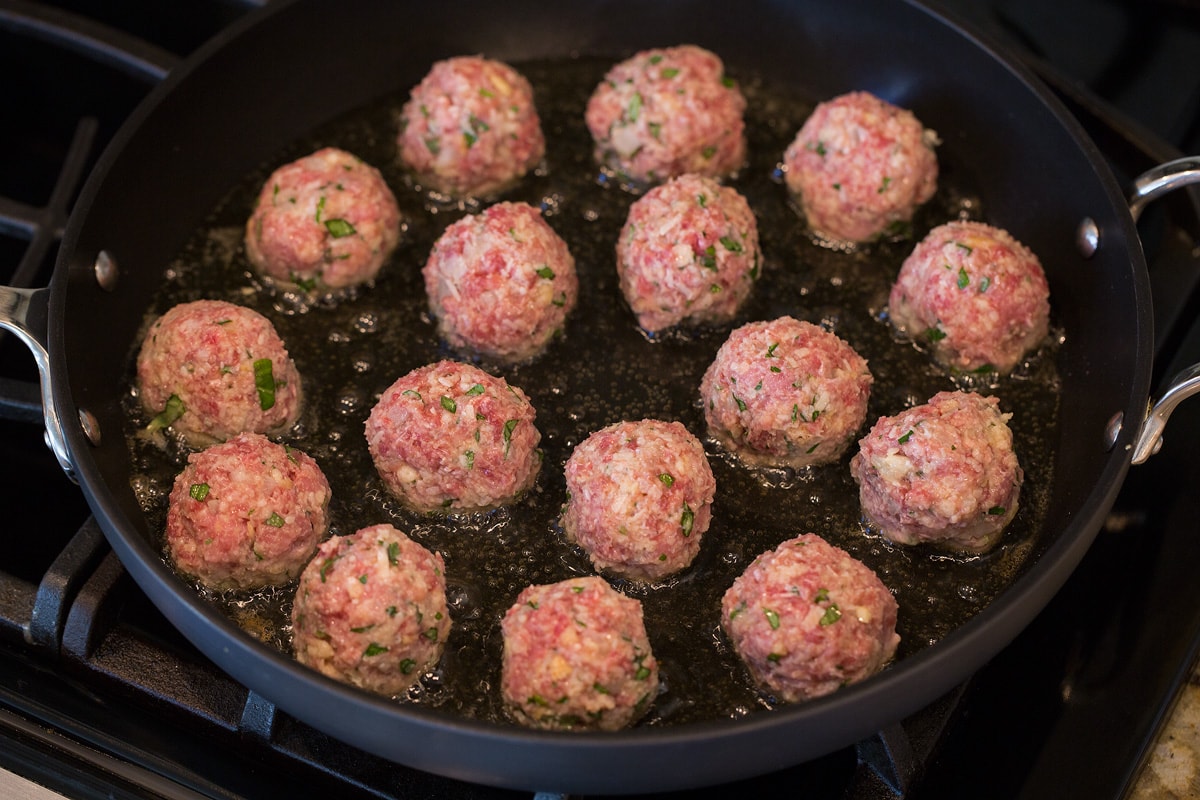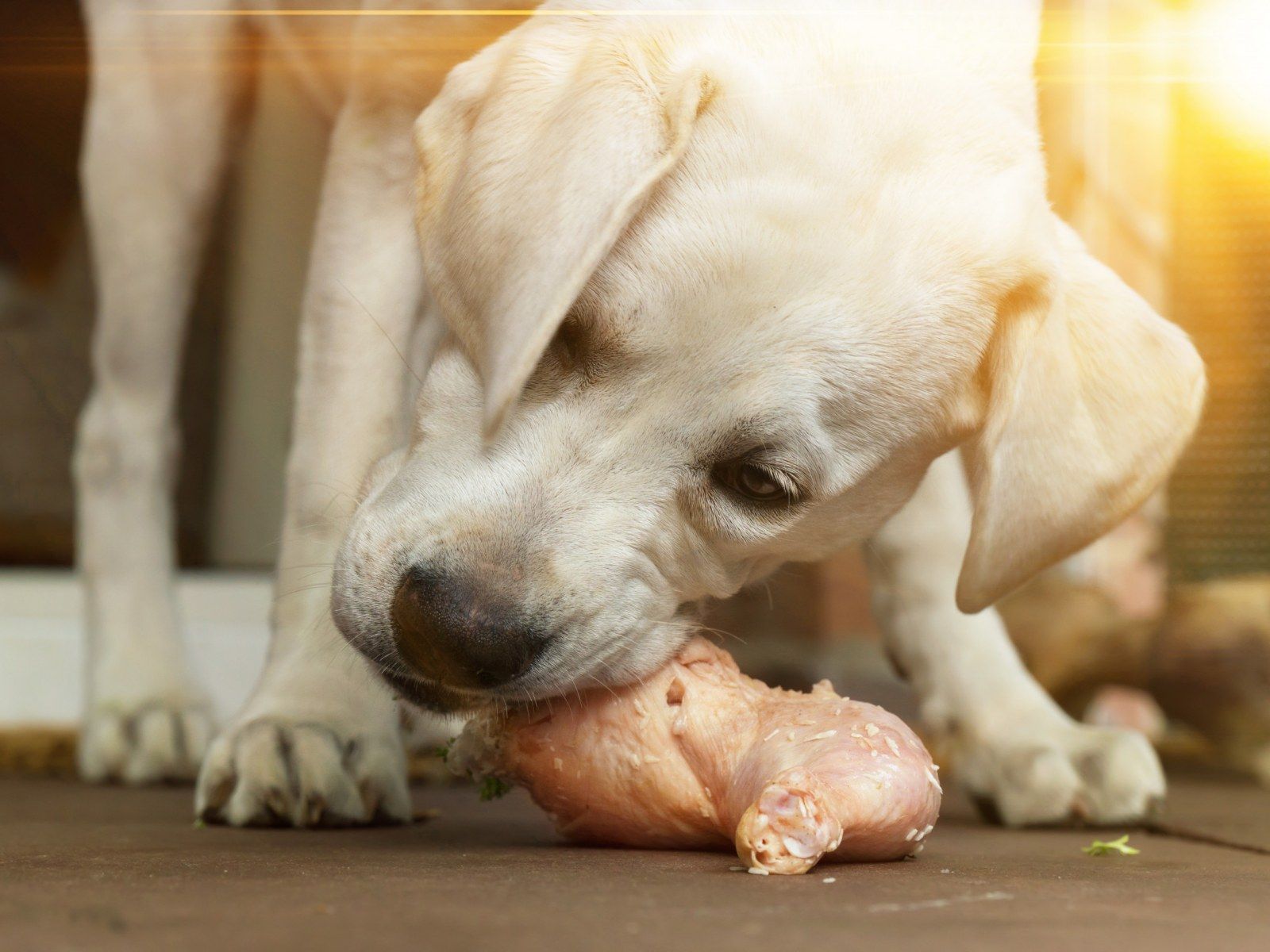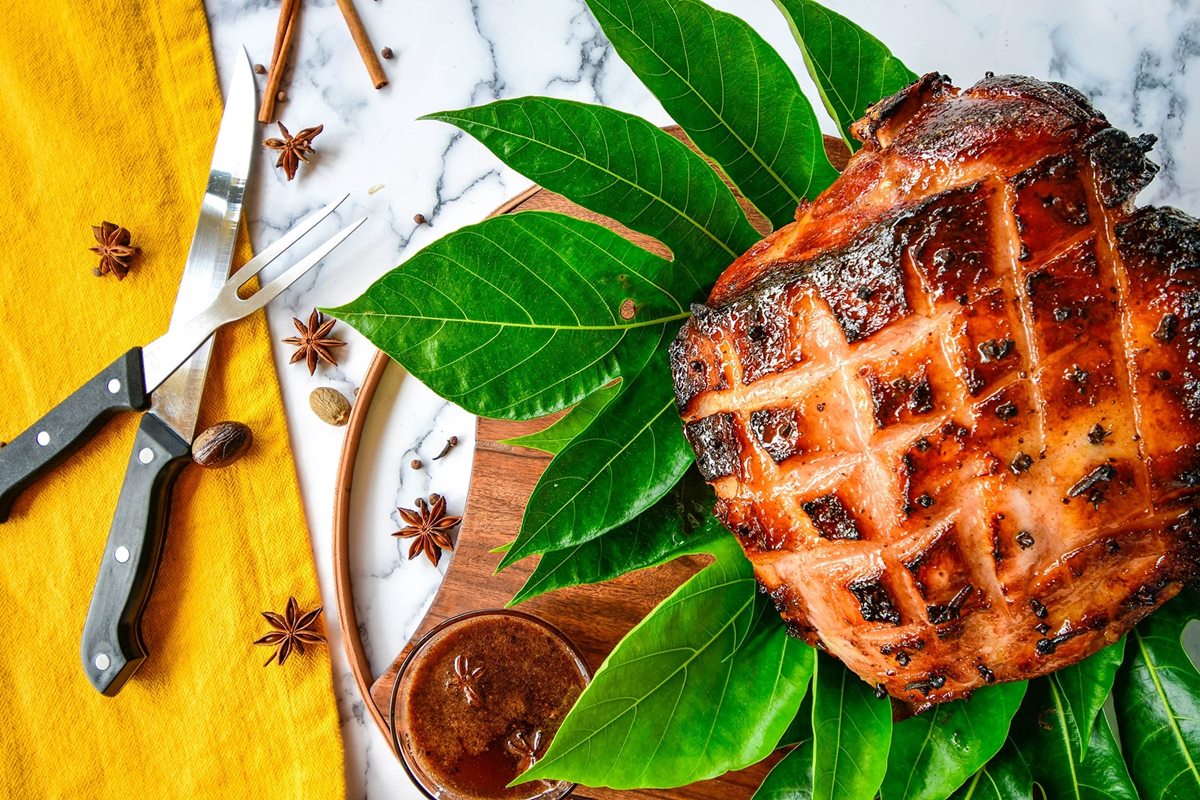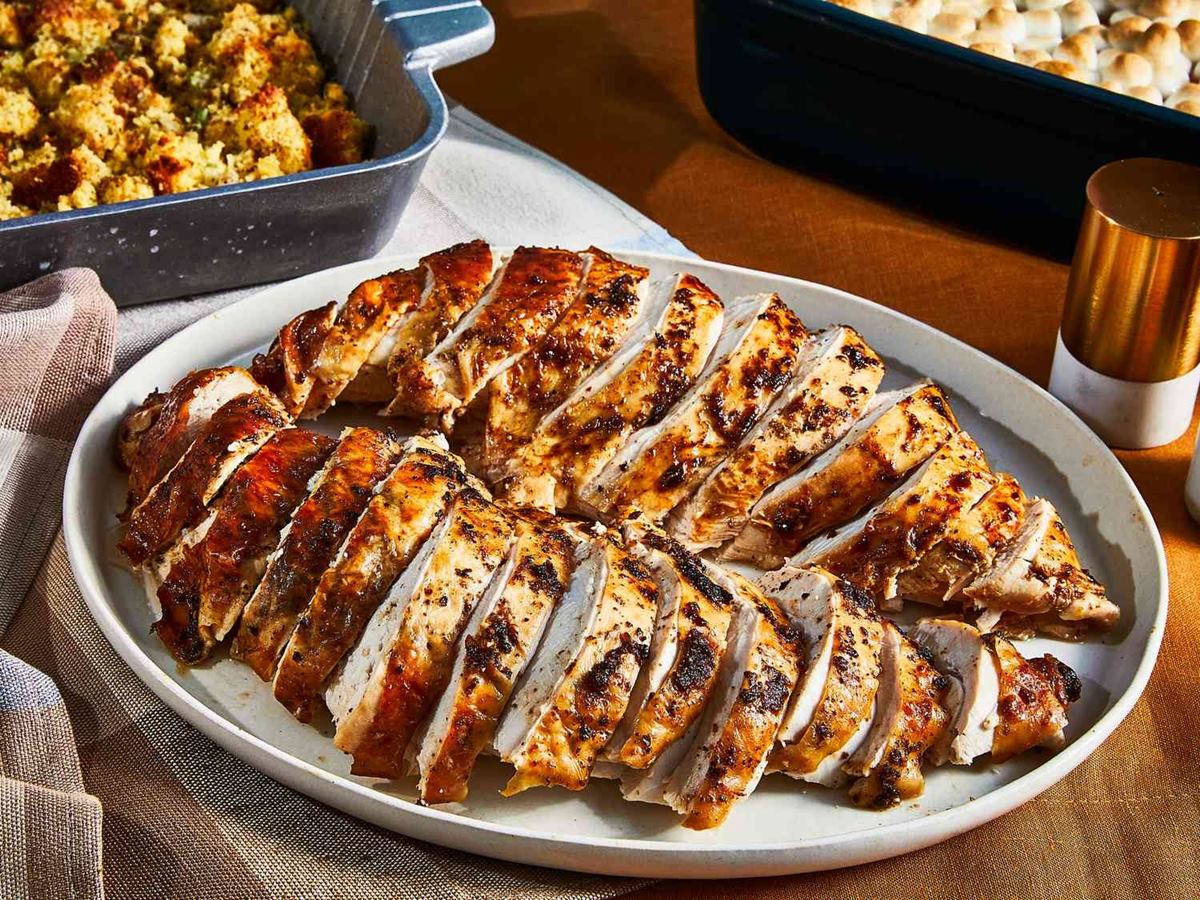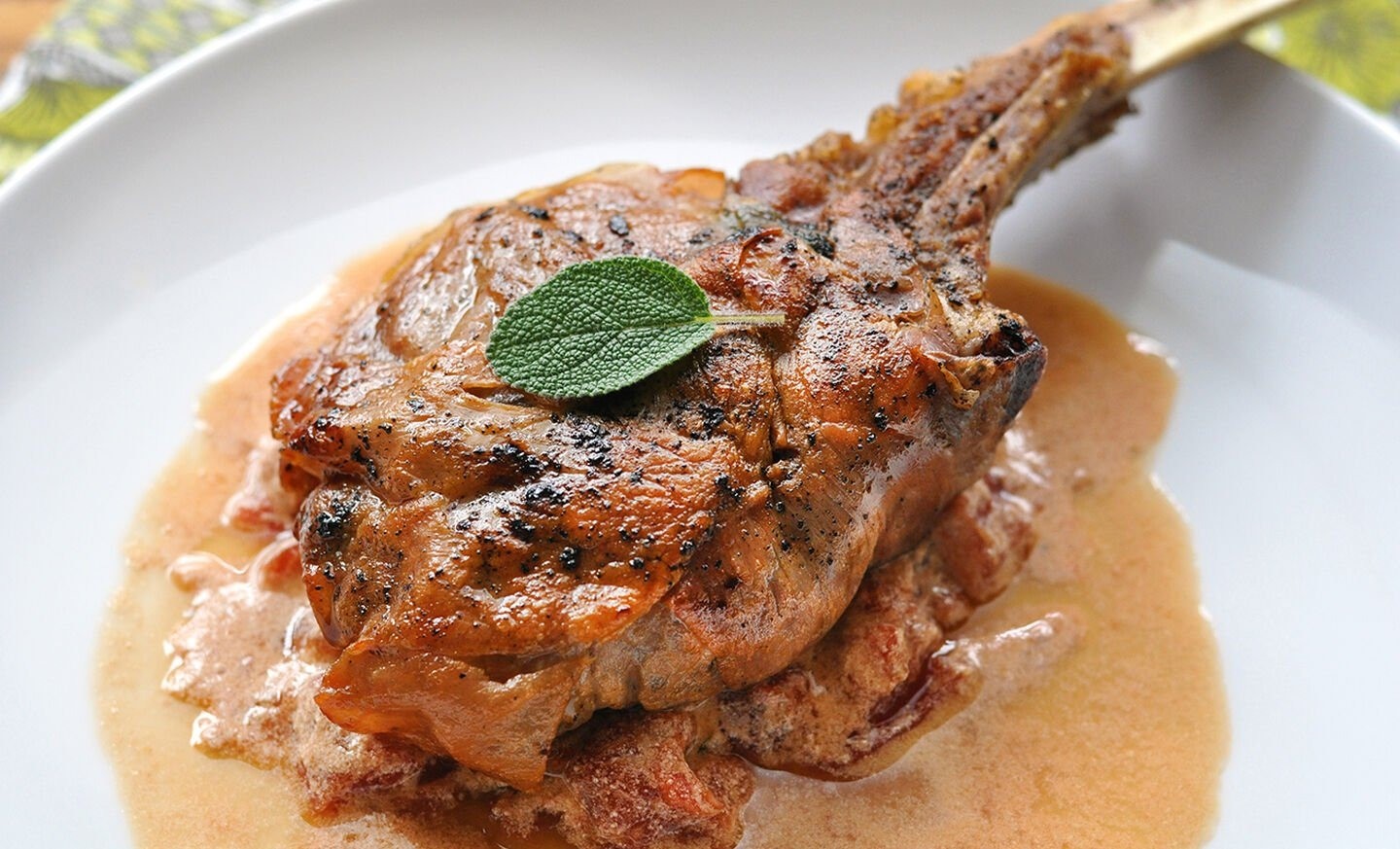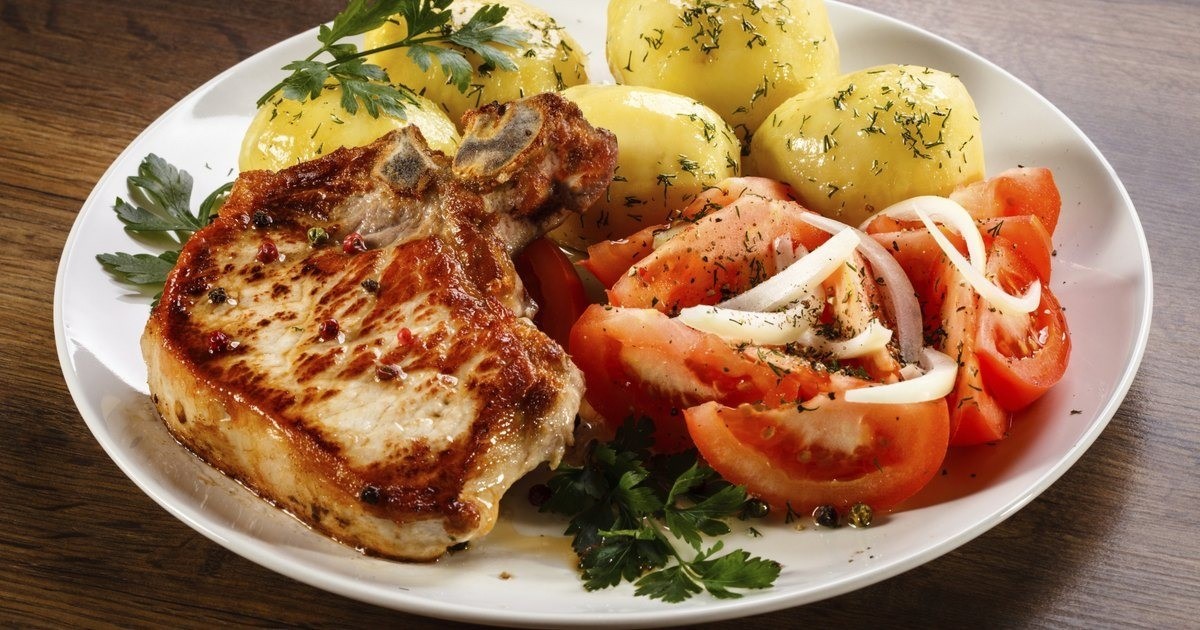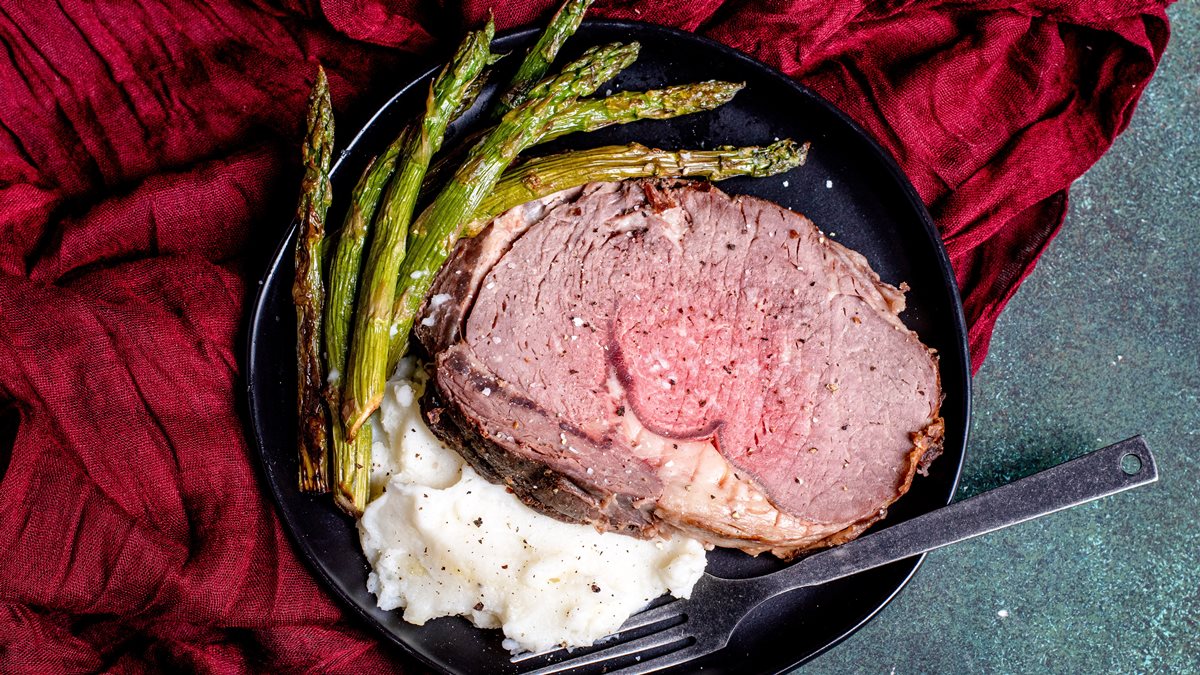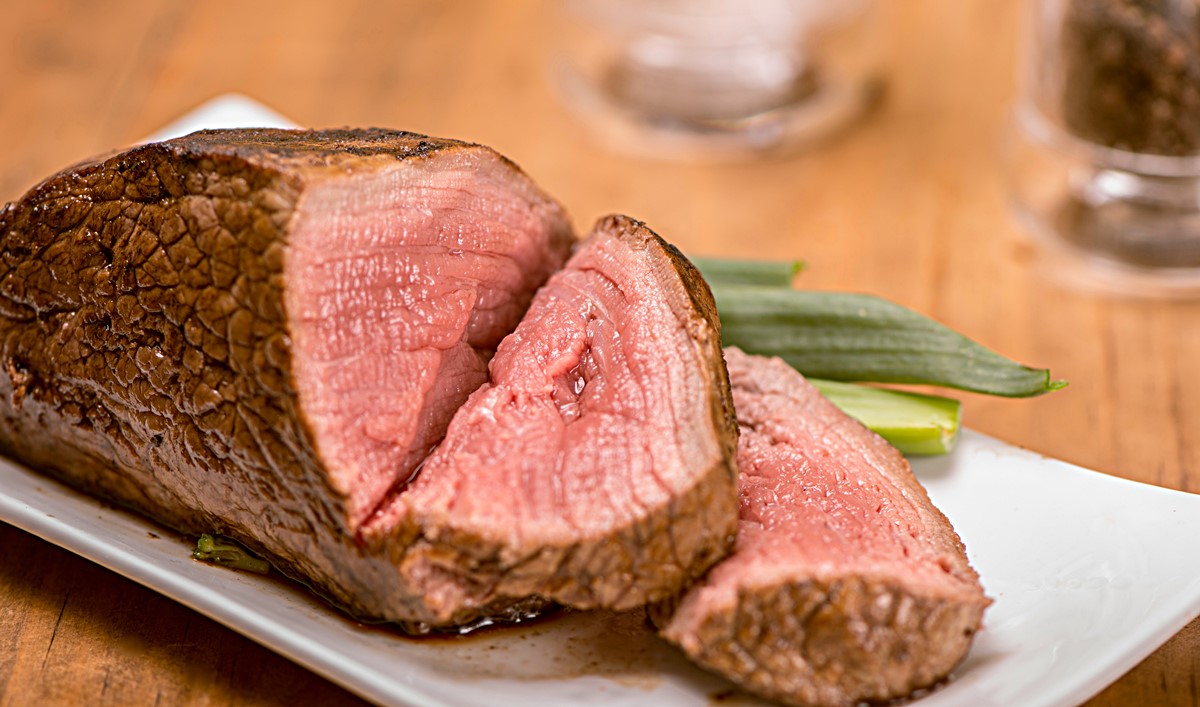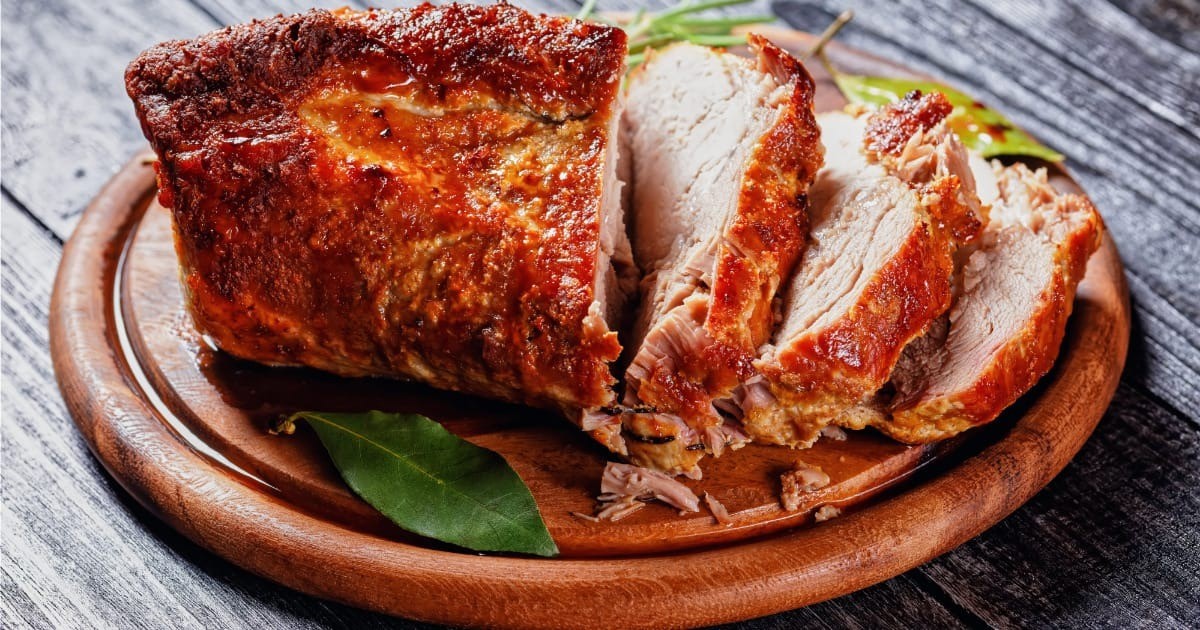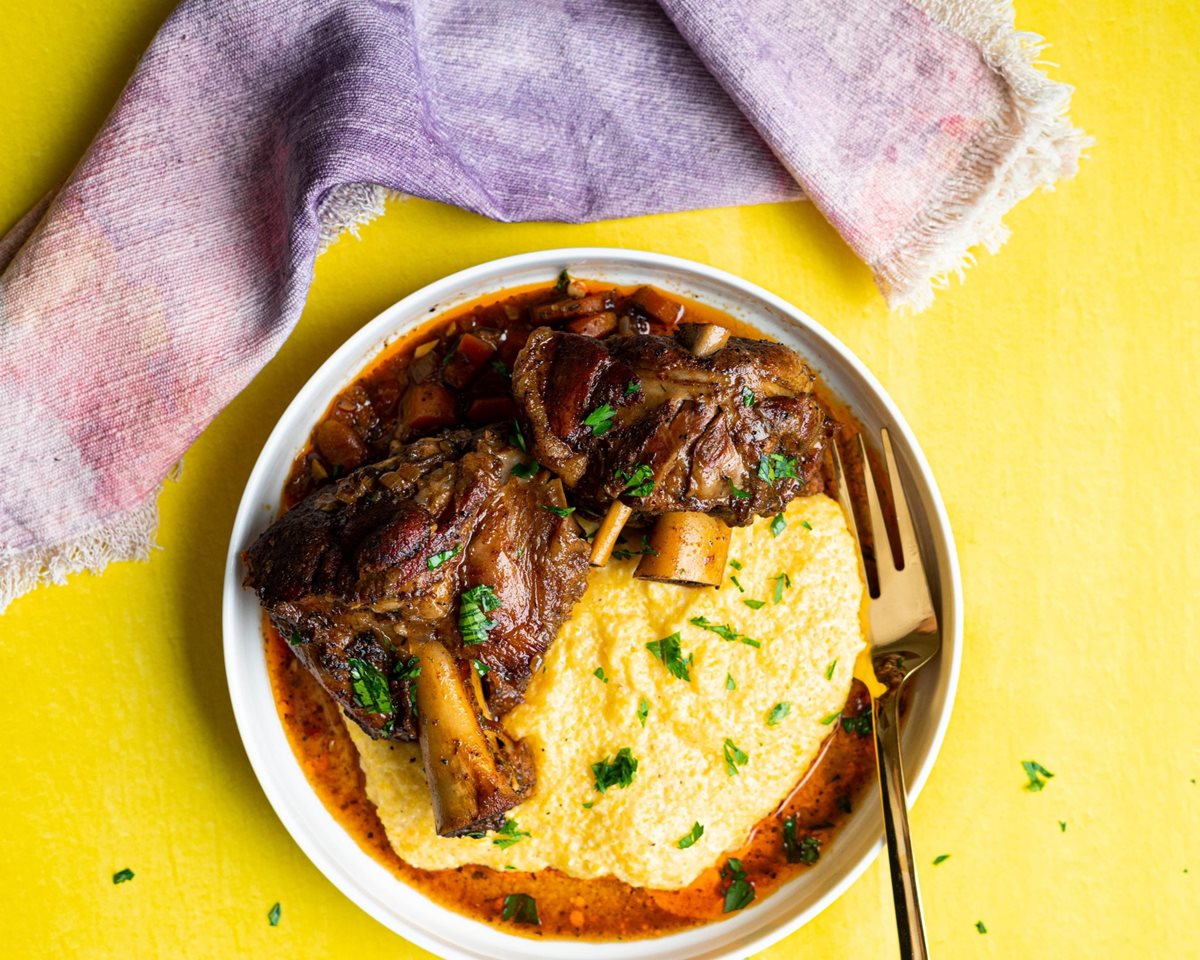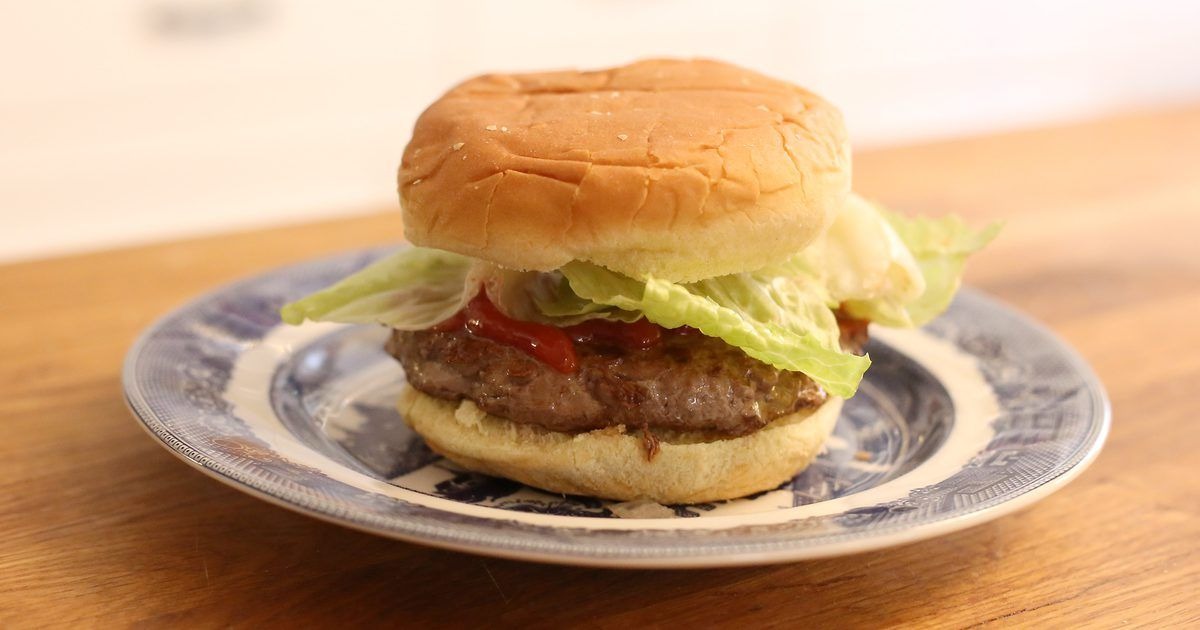How To Cook Beef Tongue In The Oven
Beef tongue is a delicacy enjoyed by many around the world. Known for its tender and flavorful meat, cooking beef tongue in the oven is a popular method that allows the flavors to develop while keeping the meat moist and juicy. In this article, we will guide you through the process of cooking beef tongue in the oven to perfection.
Ingredients:
- 1 beef tongue
- 2 tablespoons of olive oil
- 1 tablespoon of salt
- 1 teaspoon of black pepper
- 1 teaspoon of garlic powder
- 1 teaspoon of paprika
Instructions:
- Preheat your oven to 325°F (163°C).
- Begin by cleaning the beef tongue. Rinse it thoroughly under cold water to remove any dirt or debris.
- In a small bowl, mix together the salt, black pepper, garlic powder, and paprika to create a flavorful rub for the tongue.
- Pat the beef tongue dry with paper towels and then rub it all over with the olive oil. This will help the seasoning stick to the meat.
- Next, generously sprinkle the seasoning rub over the entire surface of the beef tongue. Make sure to cover all sides evenly.
- Place the seasoned beef tongue on a baking tray or in a baking dish.
- Cover the tray or dish tightly with aluminum foil, ensuring that no steam can escape.
- Transfer the tray or dish to the preheated oven and let the beef tongue cook for approximately 3-4 hours. The cooking time may vary depending on the size of the tongue, so make sure to check for tenderness.
- To check for tenderness, insert a fork or skewer into the thickest part of the tongue. If it easily slides in and out, the tongue is done.
- Once the beef tongue is tender, remove it from the oven and let it rest for a few minutes before slicing.
- Using a sharp knife, carefully slice the cooked beef tongue into thin pieces.
- Serve the beef tongue warm and enjoy it as a main course or use it as an ingredient in sandwiches or tacos.
Now that you know how to cook beef tongue in the oven, you can impress your family and friends with this unique and delicious dish. The tender and flavorful meat, combined with the rich seasoning, makes for a truly mouthwatering experience. Give it a try and elevate your culinary skills with this delectable beef tongue recipe!
More Delicious Beef Tongue Recipes to Try
After mastering the art of cooking beef tongue in the oven, you're now equipped to explore a variety of mouth-watering recipes that utilize this versatile ingredient. For those looking to indulge in a classic, the Beef Tongue Pastrami on Rye is a must-try. Its rich flavors and satisfying textures make it a standout dish. If you're in the mood for something hearty, the Beef Tongue Goulash offers a comforting taste with every bite. Adventurous cooks might want to try the Spicy Beef Tongue Tostadas, which blend traditional textures with bold, spicy notes, perfect for a lively dinner. Each recipe is designed to enhance your cooking repertoire and impress your diners with unique, flavorful dishes.
Was this page helpful?
Read Next: How To Cook Deer Sausage In Oven
